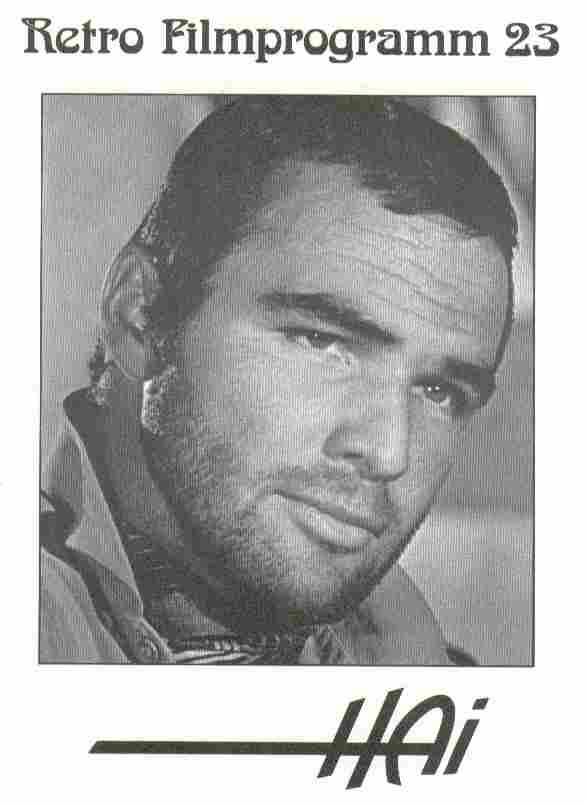Well, that certainly was a feeble commitment! But now I'm back.I've realized I have to set aside specific time for blog writing and will do so.In the meantime, let me say I watched an excellent silent film by John Ford, called The Blue Eagle (1926).Here is the fabulous original poster:
I was watching a VHS copy of an airing from an AMC Film Preservation Festival from way back when. Although a significant naval battle sequence is missing, and occasionally in early scenes a 16mm film print had to be used, this held up as a stunning example of top-drawer Ford. (All the more so when the scenes were in 35mm.)
With the recent success studios seem to be having in packaging films in box sets organized by stars (Robert Mitchum Signature Collection, Tyrone Power Swashbuckler Box Set) or themes (Film Noir Classics Collection, Literary Classics Collection), it would be amazing if they could start doing this for silent films. There are certainly enough surviving films to justify a John Ford silent film box set. I know more than enough exist just from the bunch that I taped off the AMC Film Preservation Festival. There is a Hitchcock box from Lionsgate with several silents, so the ball may already be rolling. However, I remember my disappointment upon listening to the audio commentary for Warner Brothers' DVD of
The Racket (1951, John Cromwell) (part of the Film Noir Classic Colleciton Vol. 3) and hearing repeated references to the Howard Hughes silent original (1928, Lewis Milestone) that the commentator (Eddie Muller) had obviously had the good fortune to see! What a shame that wasn't shoehorned onto the same disk.
Shoehorning may be a stroke of luck for the more esoteric film enthusiasts, as studios can wedge films they consider unreleasable as standalone titles into combo sets with other more popular movies. I just had the good fortune to see the 1933
Mystery of the Wax Museum (Michael Curtiz) on the flip side of Warner's
House of Wax (1953, Andre de Toth) DVD and, even though I know it did exist on VHS in the past, I couldn't help but think that I was very fortunate to even be laying eyes on this 2-strip Technicolor rarity, obviously included mainly because of its relation to the more famous remake.
I had similar feelings about the TCM/Warner Bros. DVD "Forbidden Hollywood Collection Volume One" that contained
Baby Face (1933, Alfred E. Green),
Red-headed Woman (1932, Jack Conway), and
Waterloo Bridge (1931, James Whale). Probably the latter was the toughest standalone sell, having no bankable classic star. You can find your own examples, but one other I watched recently was the Cary Grant Screen Legend Collection from Universal which is comprised of five films that I couldn't see ever being released standalone, yet here they are presented in pretty good quality by a major studio. I bought this one and so far have only watched
Thirty Day Princess (1934, Marion Gering), but I had the pervasive feeling that I was lucky to be seeing a Sylvia Sidney vehicle from her prime that was something other than Hitchcock's
Sabotage or some of her Fritz Lang films.
Obviously there are still countless films of interest that they haven't figured a way to shoehorn into more salable packages or groupings, but the trend may be of help. (It goes without saying that, like the explosion of TV-on-DVD, the more manageable and more versatile DVD format itself makes this all possible.)
One of the few negatives is that when the films are not standalone releases, you sometimes have to dig or be looking for something specific, otherwise you only come across certain important films as a stroke of luck. (If you're a Raoul Walsh enthusiast, there's one of his in the Cary Grant Screen Legends Collection. There's a Douglas Sirk film in the Rock Hudson Screen Legend Collection.) Universal's Screen Legend Collections are particularly troublesome in that even on the back of the sets you can find neither the year the films came out, nor the directors. Even on Amazon.com or DVD Empire the information is not readily available, and one is reduced to researching the titles individually on IMDB.
But going back to the desire to see a John Ford silent film box set, and more silent films in general packaged together and released, one name that pops into my mind is John Gilbert, who would be well worth a silent film box set or two—or even three—since many of his silent films survive—and that's just counting the major star vehicles from his prime. Although I have a feeling if I poke my nose into one of the Garbo collections I'm going to find at least one Gilbert there.

 While Criterion (and their cousin Home Vision Entertainment) have championed Seijun Suzuki's films, releasing many on DVD, it is Fantoma that has championed the equally deserving Yasuzo Masumura, lavishing as much care on the releases of his films as Criterion has on Suzuki's.
While Criterion (and their cousin Home Vision Entertainment) have championed Seijun Suzuki's films, releasing many on DVD, it is Fantoma that has championed the equally deserving Yasuzo Masumura, lavishing as much care on the releases of his films as Criterion has on Suzuki's. For me Red Angel (1966) would be up next, an incredible World War II film. After that I like Manji (1964), Giants & Toys (1958) (not quite as amazing as its fantastic premise, but still well worth watching) and finally Blind Beast (1969).
For me Red Angel (1966) would be up next, an incredible World War II film. After that I like Manji (1964), Giants & Toys (1958) (not quite as amazing as its fantastic premise, but still well worth watching) and finally Blind Beast (1969).
















